Since, almost exactly one year ago, I visited the complex of the Astronomical Observatory on Zvezdara, which was a kind of experience that I shared with you in this post, I did not calm down until I tried in every way to get inside the observatory.
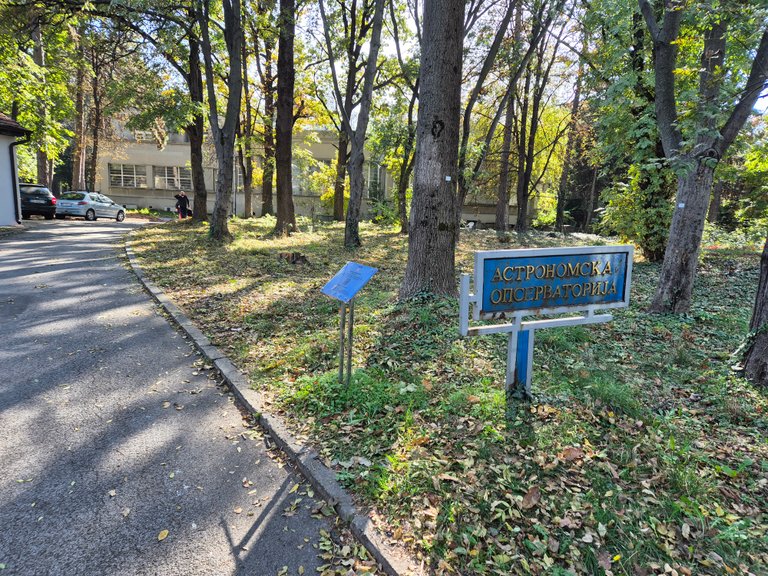


From the beginning of April to the end of October, every Saturday, the employees of the astronomical observatory decided to hold free lectures on the history of the institution and the most interesting details from its life in order to promote the science they are engaged in.
Due to great interest and my obligations, I was not able to book an appointment before the last appointment for this year - October 26.
I was very happy when they confirmed that my reservation had been accepted and that I would be allowed access to the facilities.
What, besides a bit of history, did I want to find out and see on that tour?
I was interested in everything about the creation of this institution, and especially the tour of the large refractor.
The history of the observatory is very interesting.
The Astrological Observatory in Belgrade was founded together with the Meteorological and Seismological Observatory on April 7, 1887 and is one of the oldest scientific institutions in the country.
Originally, all three observatories were located in the same building, so that since 1924, when a serious amount of devices for observing the sky were delivered to Yugoslavia, it was thought about setting aside an astrological observatory on the highest elevation of the then Belgrade, Zvezdara.
I think they are the lecturers (the archeologist, who was talking about the history of the institute, mentioned that it is actually called Zvezdara because the stars(zvezda) were observed from that place).
We listened to a short lecture on the history of the institute in the administrative building, at the entrance to the library there is a bust of the founder of the astronomical observatory, Professor Milan Nedeljkovic.

Entering the century-old library itself was a very exciting moment for me. The smell of old books and the crunch of the parquet under my feet brought me back to some old times.



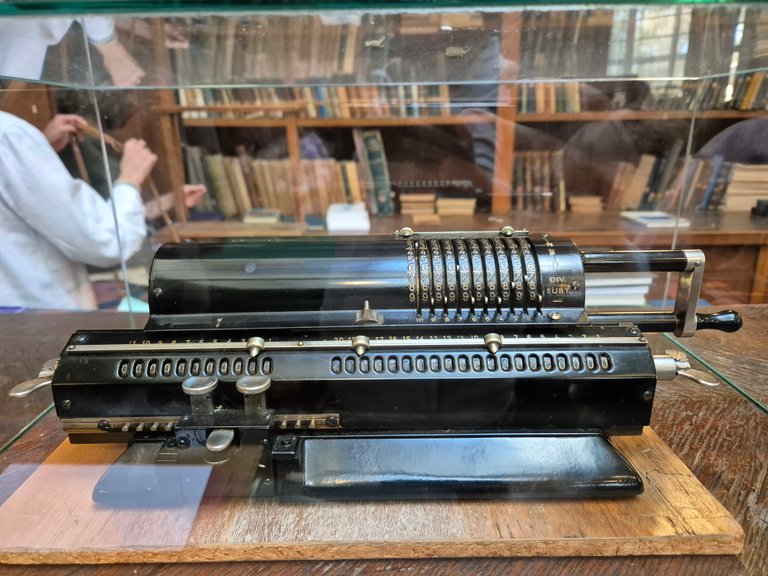
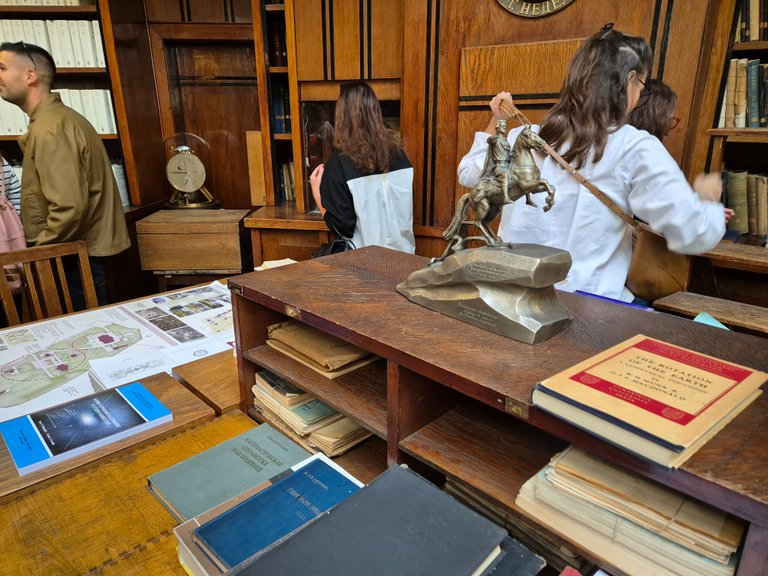
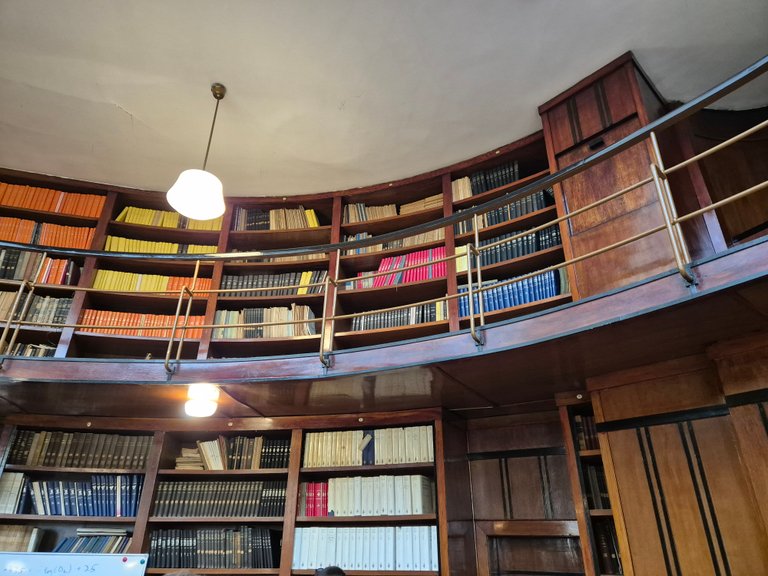
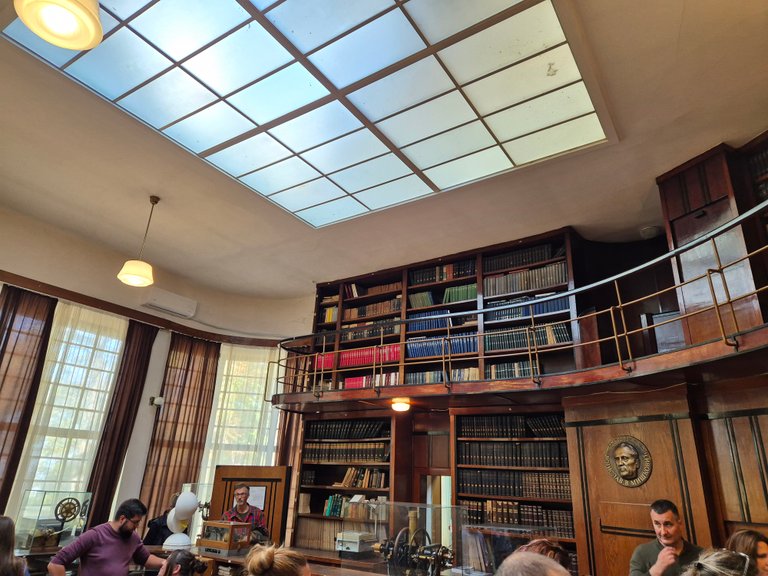
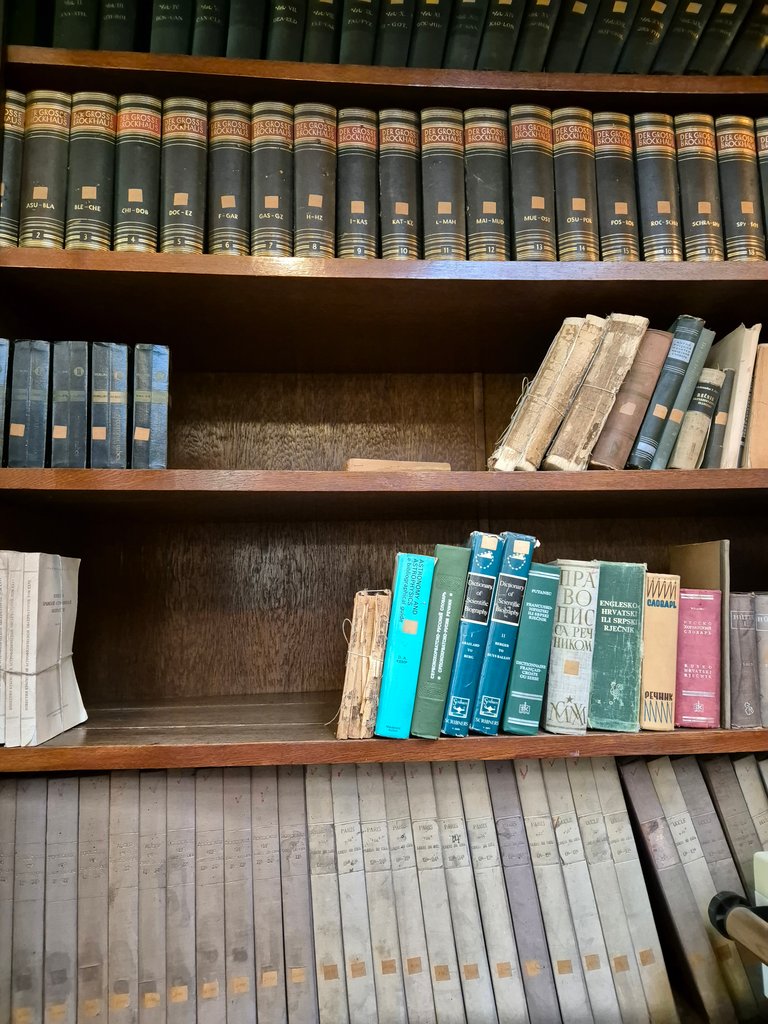

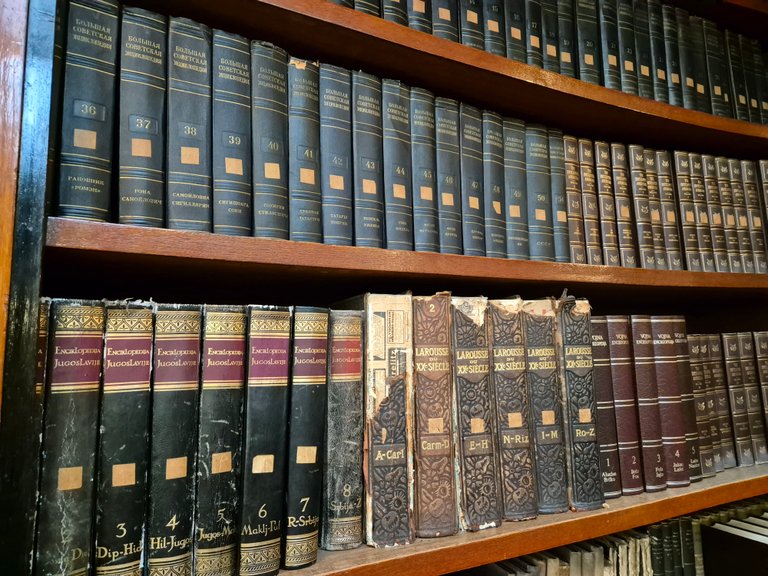
This library remembers very interesting moments of history. In addition to the study of celestial phenomena, in World War II it served as an officer's club of the German command, while on the roof of the library there were anti-aircraft machine gun nests.
Fortunately, this library was not destroyed in the war destruction of Belgrade in the last 100 years.
After the historical lecture, we were left in the hands of an astrophysicist, who led us to a large refractor.
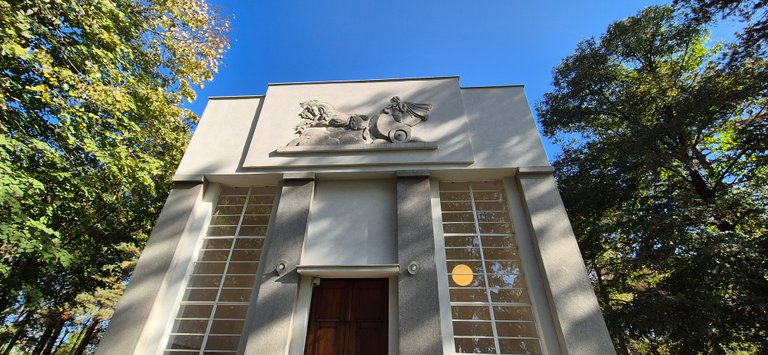


I had the opportunity to see the interior of this object, a large telescope in some series, which further fueled my imagination.
The facility built in 1932, with the installation of this telescope, was for years the most important and most expensive scientific facility in the country.


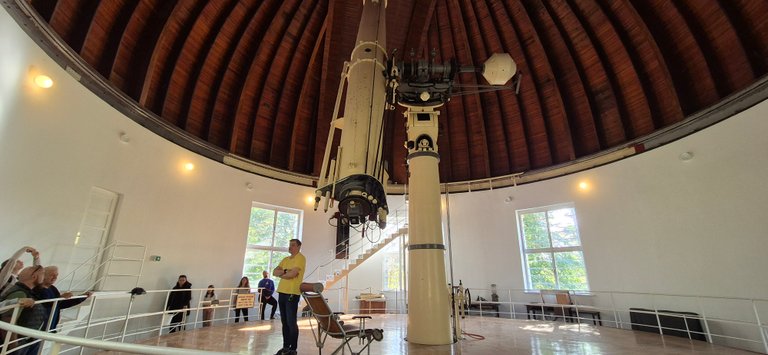









Such serious equipment requires a very strong and stable foundation that does not transmit any micro-movements to the equipment.



It was used regularly to monitor celestial bodies and changes in the sky, until the moment when the sky over Belgrade became so light-dirty and polluted with smoke that observing the stars was almost impossible.
A new observatory was built in a location far from big cities, where the sky is black at night and where there are no pollutants.
The astrophysicist who introduced us to some facts about the science he deals with, mentioned that the difference in the purity of the sky above Belgrade and the location where the observatory is now located is about 60,000 times.
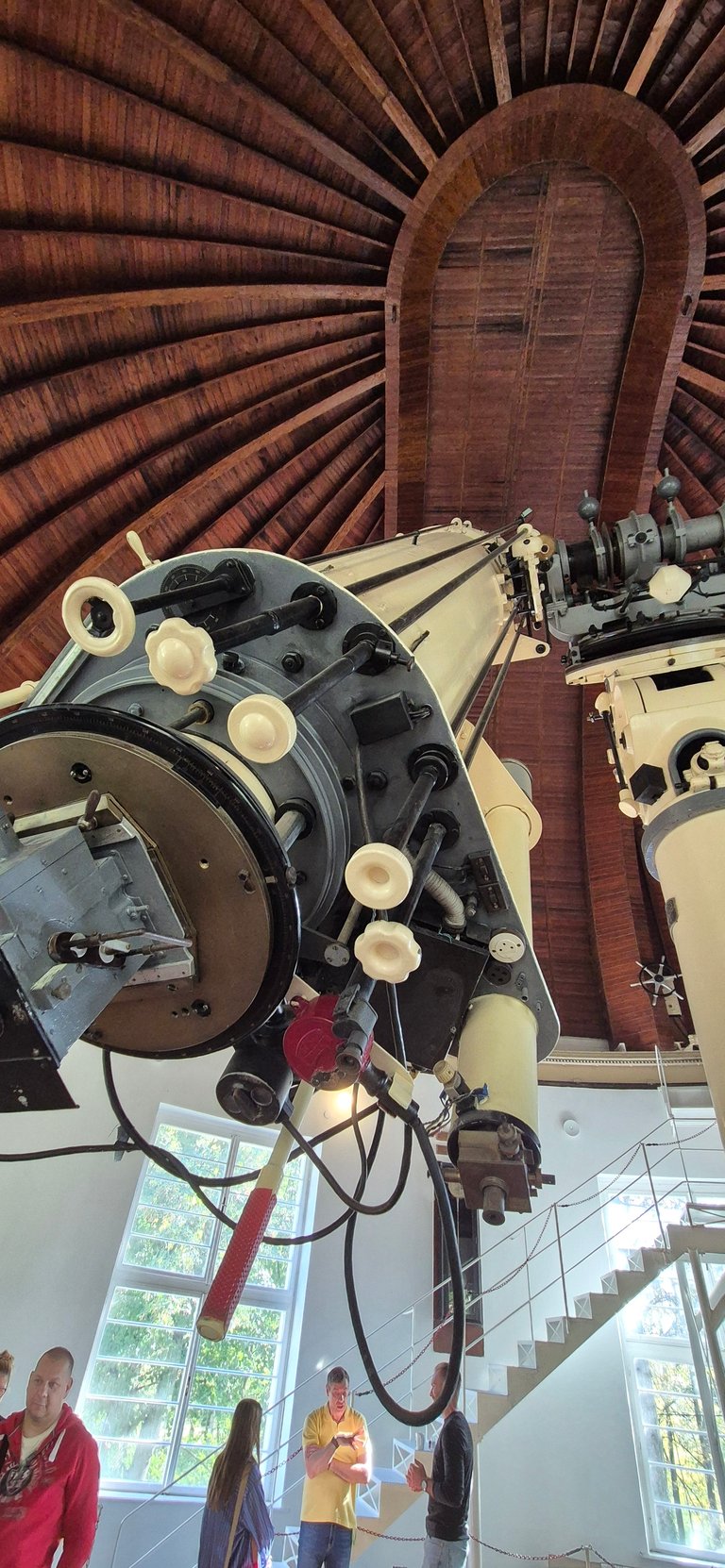

That is why it is not surprising why this refractor is not in use. If it were to be used, the question would be what could be seen through the system of its lenses (diameter 65cm and weight about 300kg, manufactured by Carl Zaiss).
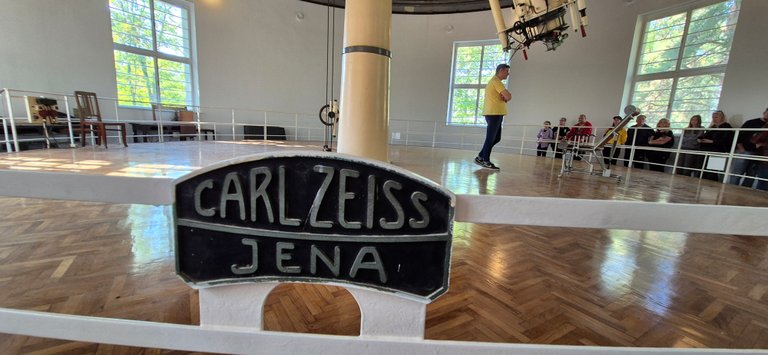
The last time the telescope was used was in 1991, when an explosion on a distant star was recorded with a camcorder attached to the telescope.
The astrophysicist told us about the formation of planets, about the size and age of the galaxy, about strings, matter, about black holes...
So that hour of his story passed in a flash.
After he finished, we were allowed to go up on the platform and take pictures of the large refractor (touch it and sit in the stargazing chair).



In order to give you an idea of the era, I also took a picture of a landline phone with a dial, which only people over 40 remember, and even in our childhood, they had already had such devices for over 40 years, so it is clear that this an old-timer in telephony, today when mobile phones are current, iPhone 16 or Samsung 24...
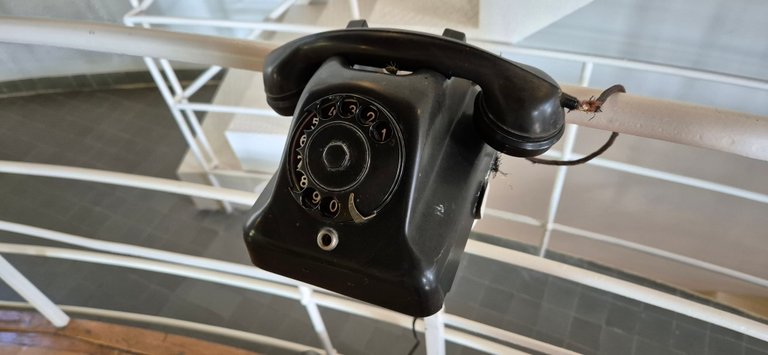
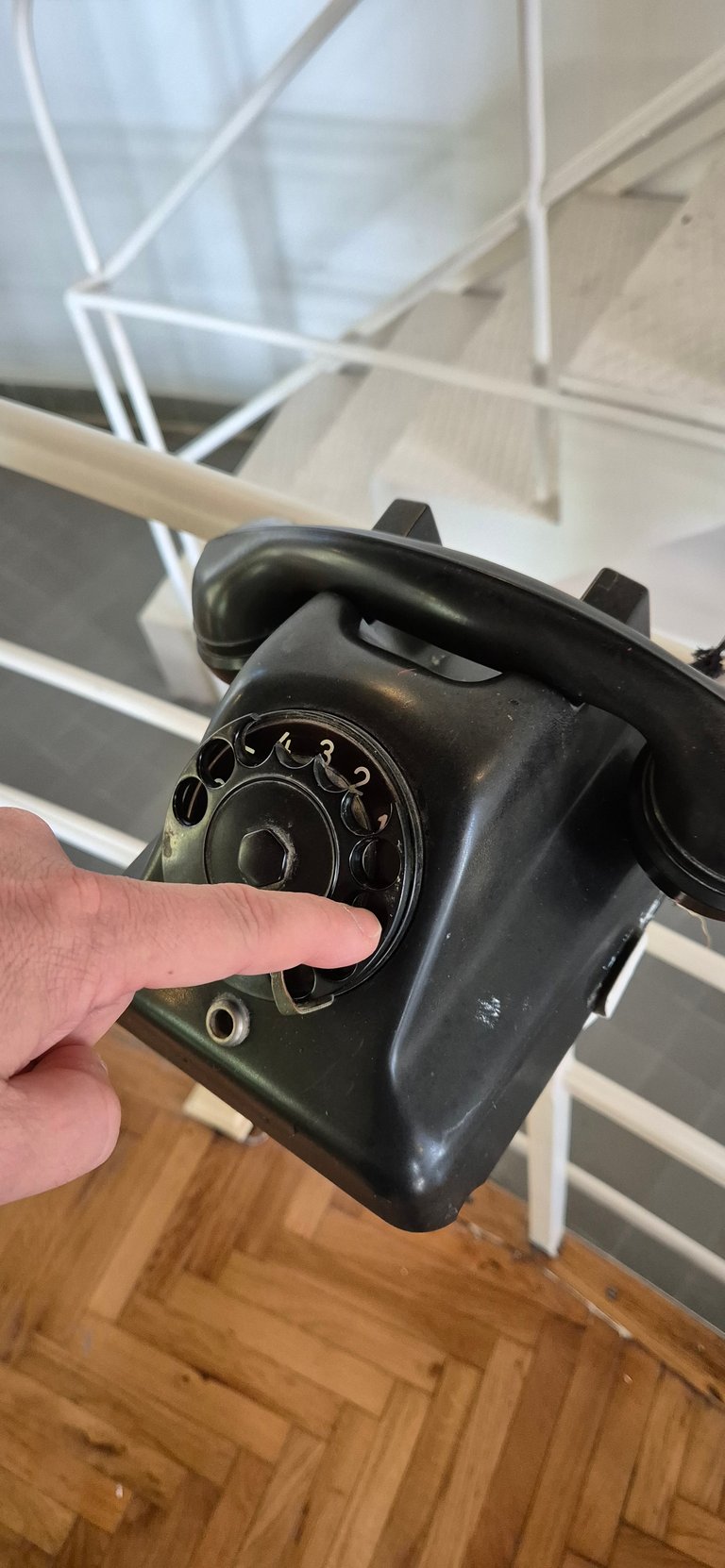
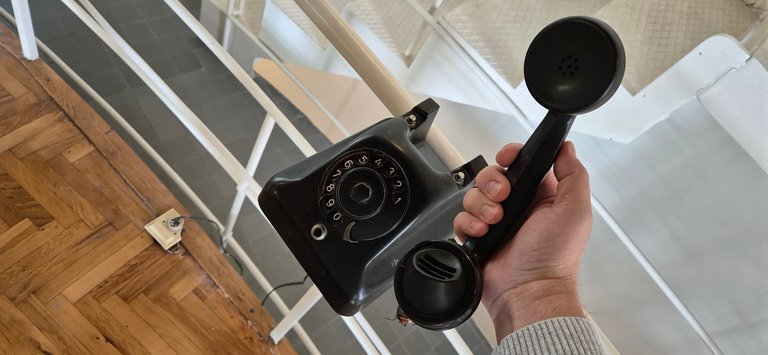
After the big telescope, I walked around the whole complex again, visited some pavilions that I didn't see last time and those that I did.
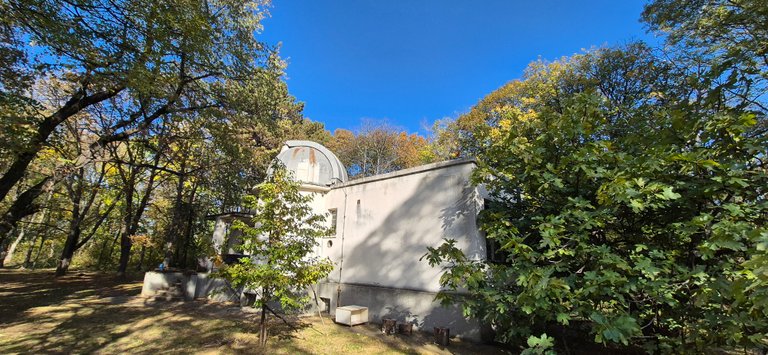

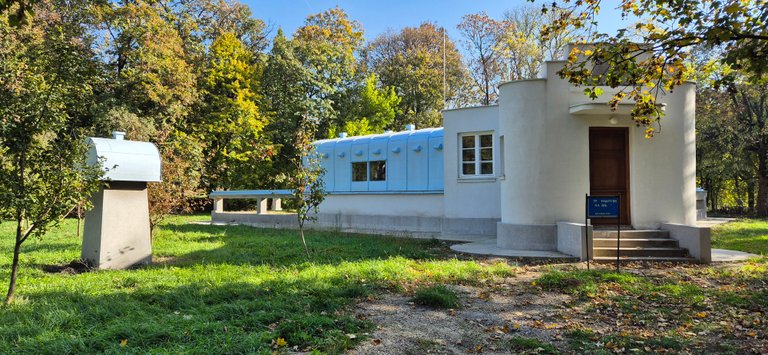
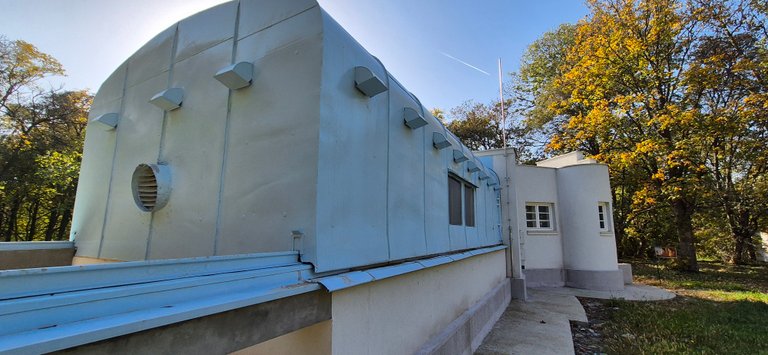
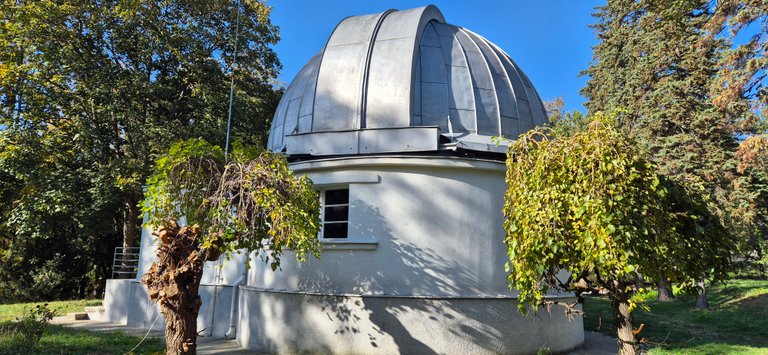

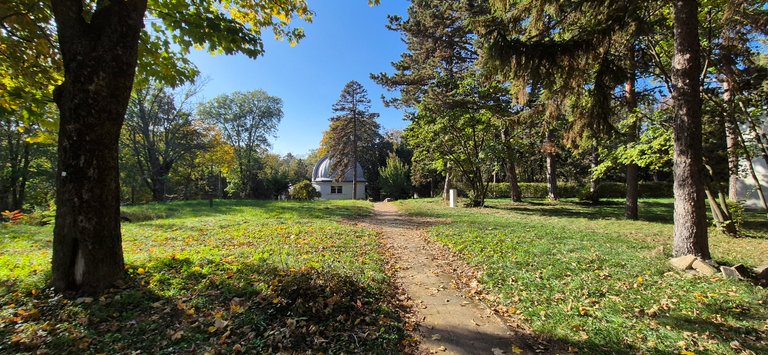

As I left the compound, I stopped by the sunclock and compared the time shown by this ancient way of telling time against the modern device.


It's really not bad, the 15 minute difference is totally acceptable.
This experience I had on the last weekend of October is one of the best I've had recently, if I don't count trips to a more distant destination and I'm happy to share it with you in #weekend-engagement, as one of the places I visited in #Worldmappin last year.
Thank you for stopping by my post and I hope you enjoyed the photos and the story I shared with you
All photos are my property, taken with a mobile phone
